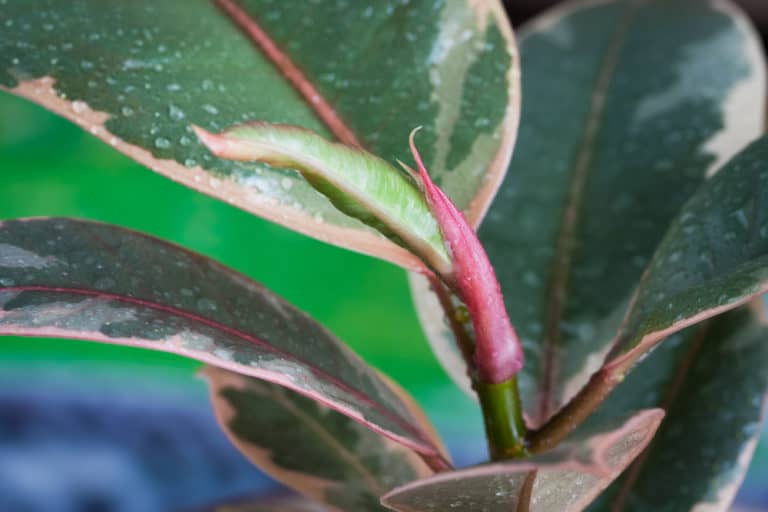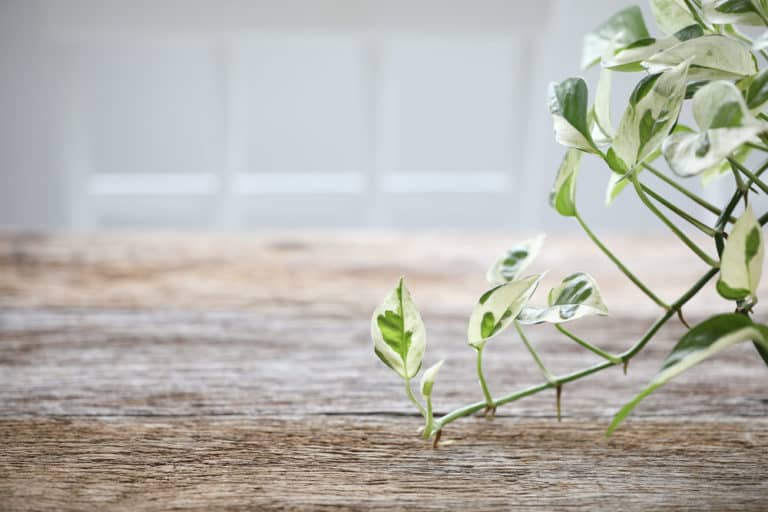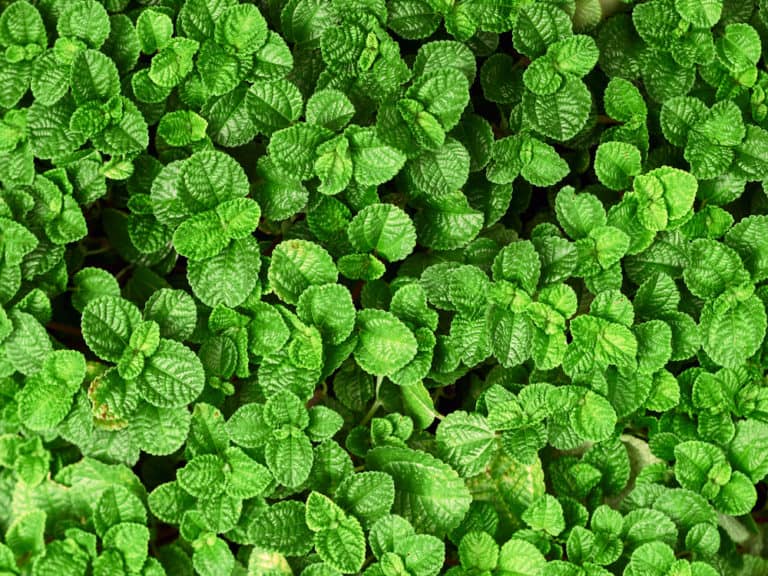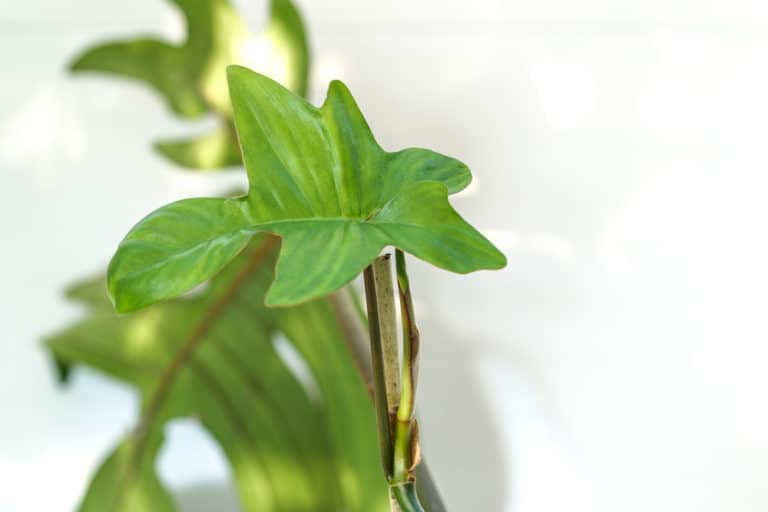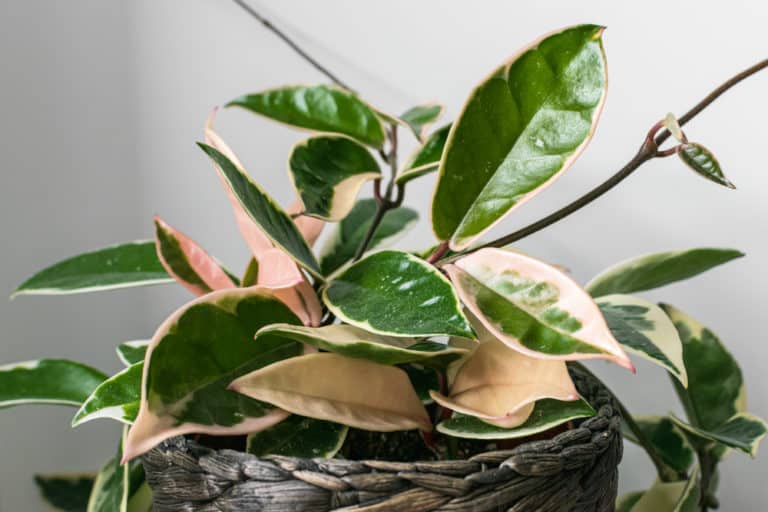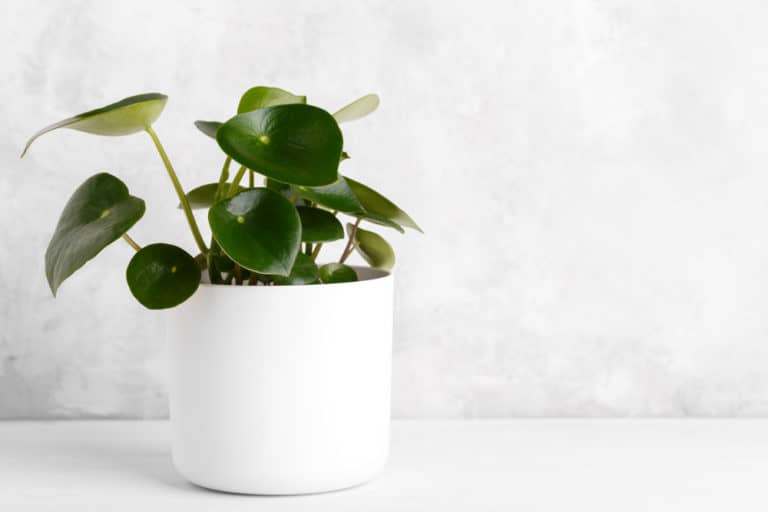Crassula Capitella ‘Crassula Campfire’ Care Guide (2024)
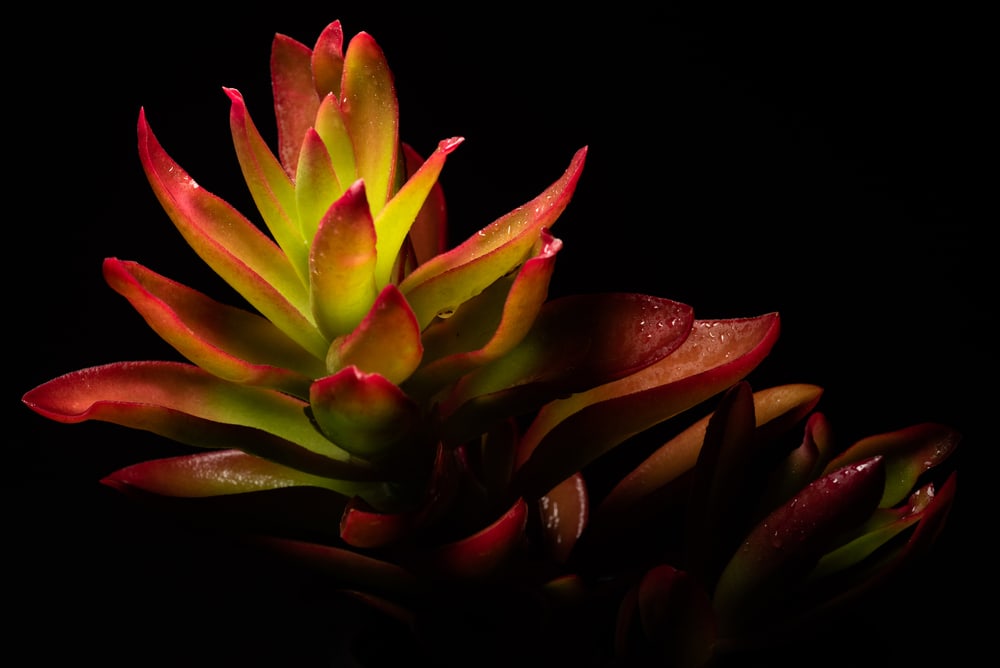
The Crassula Campfire is another showy succulent that will surely catch your attention. Its leaves are fiery red to orange in color looking like flames. A native of South Africa, this plant is botanically known as Crassula capitella. If you love attractive foliage, this one will surely fit your taste.
Plant Profile
Common Name: Crassula Campfire
Scientific Name: Crassula capitella
Type: Succulent
Origin: South Africa
Habitat:
Size: 6 inches (15 cm) in height and up to 3 feet (90 cm) wide
Toxicity: No information on toxicity
Colors: Bright lime-green to bright red
Blooms:
Plant Care
Light: Full Sun, Sun to Partial Shade, Light Shade
Watering: Soak and dry
Temperature: 50° to 60°F (10° to 15°C)
USDA Zone: 9a to 11b
Air humidity: Low to medium
Soil pH: 6.0 (slightly acidic)
Fertilizing: Monthly application of liquid fertilizer during summer
Propagation: Division, offsets, or leaf cuttings
Repotting: Every couple of years
Pruning: Removal of dead, diseased leaves and branches
What’s Unique About Crassula Campfire?
The word Crassula Campfire succulent will probably ring familiar to you. That’s not surprising because we have about 200 species of crassula to choose from. Such a wide collection!
The campfire plant is among them. Once added, it will surely bring spice to your existing greenery. Its colored foliage and manageable size will make it an appropriate accent display. The Crassula Campfire shape is also unique because it resembles the shape of a pagoda. It’s an interesting treat to anyone.
Ready to have your own Crassula Campfire plant? We have prepared a comprehensive list of do’s and don’ts, so keep tuning in.
Appearance
If you’ve had a jade plant before, then, the Crassula Campfire appearance won’t look new to you. They’re both compact succulents bearing fleshy leaves. However, what’s amazing about it is that they have fascinating colors. This is what sets it apart from the normal green foliage of other crassula species.
Foliage
Talking about the foliage of Crassula Campfire, this is where the magic begins. We’re speaking both literally and figuratively, here. Its fleshy, green leaves having an elongated size and pointed tips, can turn bright red. Yep, you’ve heard it right! How does that happen?
Initially, the green color will be dominant while the red tinge is just covering the edges. When exposed to bright sun, the red color becomes prominent. At first glance, it’s easy to mistake the leaves for flowers. They also look like red flames.
This is the reason why another Crassula Campfire common name is termed red flames.
Flowering
If the leaves look like real flowers, you may be wondering if Crassula Campfire flowering is still possible. And our answer is, “Of course!”. This succulent is a flowering plant so it would naturally produce blossoms. They appear in clusters of white, tiny flowers that are attached in a single stalk.
Crassula Campfire blooming happens during summer. So make sure to tune in so you won’t miss them. Once the plant is already mature and the environmental conditions are right, it will produce flowers of its own. If it doesn’t, that’s okay too. The foliage is enough to compensate for the lacking blooms.
Size and Growth
Succulents are generally compact. The same is true for the size of Crassula Campfire. This plant can grow up to 6 inches (15 cm) in height and up to 3 feet (90 cm) wide. It has a spreading habit because of the offshoots that they produce. If left on its own, its spread can be enough to serve as ground cover.
The Crassula Campfire growth rate is considered moderate. So, you don’t have to wait that long for this plant to reach a mature stage. You have the option to maintain only one stem per pot or let it spread and fill the entire container.
Fragrance
Although the leaves of Crassula Campfire plants are quite catchy, they don’t emit any interesting aroma. The leaves are in fact odorless so they’re friendly to those who are allergic to fragrances.
The Crassula Campfire fragrance, however, is released by its white, tiny flowers. Don’t be surprised if you happen to smell a mild aroma from those blooms. They emit that almost subtle odor. This is another reason why you have to wait for the blooming season in summer. Try to go near a stalk and smell those clustered flowers. Just be careful not to get irritated by its pollen.
Toxicity
There has been no clear information when it comes to Crassula Campfire toxicity. APSCA does not indicate whether this plant is toxic or non-toxic to humans or animals. Although, its relative houseplant known as jade plant has been known to be mildly poisonous especially when ingested. So, it’s highly possible that this plant can be toxic too.
For Humans
To ensure safety, it’s better to keep your Campfire Crassula placed at a distance. Remember this plant is very attractive. We cannot blame the children if they develop some interest in this succulent. Although we cannot fully know whether it’s toxic or not, there have been reports that people who ingested the leaves developed diarrhea.
In short, prevention is better than cure. It wouldn’t hurt to be extra cautious in handling a succulent, you know. Find a safe place. That way, you need not to worry at times when you couldn’t watch over the kids. Take this simple tip from us.
For Pets
The same goes with your pets. We know how much you love being a plant and fur parent at the same time. But there are times when plants and pets don’t go well together. In order to avoid future problems related to toxicity, it’s better to keep these two apart.
Place your Crassula in an area in your house where pets aren’t allowed or couldn’t reach. The fiery leaves of this plant could easily catch your pet’s attention. And when they try to play around the plant, that’s going to be a disaster. The plant has fleshy and fragile leaves that could easily detach.
Suggested Uses
There are numerous ways to use Campfire Crassula succulent as a design element. You can have it potted and place it along your window sills or at the center of your tables. That would make a notable accent for sure. You can also use it in terrariums or dish gardens combined with other succulents and cacti.
If outdoors, a Campfire Crassula plant will work best as a groundcover. Since it has a spreading habit, it could easily cover up the ground of a landscape. Match it with other greeneries to make it stand out in color. The contrasting hues will certainly be pleasing to the eye.
Crassula Campfire Care
Care for Crassula Campfire is generally easy. It shouldn’t be new to you if you’ve had experience tending to succulents. Care and maintenance procedures are almost the same. But if you’re a newbie, you shouldn’t worry either. We know you could manage this plant well using the tips we have below.
Light
Fulfilling the right Crassula Campfire light requirements is of utmost importance. This should be on top of your lists. Why? Because light aids the plant to produce its own food. Without it, your plant will most likely starve.
Luckily for the campfire succulent, there’s a wide range of light conditions. It can thrive under full sun, sun to partial shade, or light shade. This enables the plant to survive both indoor and outdoor conditions.
Also, light also helps in the expression of the campfire color. The brighter the light, the more prominent the fiery color develops. So, make sure to provide bright light.
Watering
As for the watering of Crassula Campfire, we go by the rule, “Less is more”. This plant, being succulent, wouldn’t like a lot of water. It would need only a few waterings per week, once or twice should be enough during summer and spring seasons.
During winter, you could reduce watering to twice per month. Since the season is cold, the loss of moisture happens gradually. Make sure to soak the entire potting medium until fully saturated. Then, wait for it to drain excess water before placing it back in its location. The next watering should be when the soil dries completely.
Temperature
Climate plays an important role in the growth and development of plants. And temperature is one important aspect that influences growth. Crassula Campfire temperature is preferred to be somewhere 50° to 60°F (10° to 15°C). This is considered as the safe range for your crassula.
Remember that this plant isn’t cold hardy. A temperature below 30° F (-1.1° C) could be damaging to your succulents. We advise that you keep them indoors if your location experiences a temperature this cold. You should also watch out for the temperatures during the night as it normally falls. Protect your campfire if it’s near a window.
Air Humidity
The requirement for Crassula Campfire humidity shouldn’t trouble you that much. Low humidity is what it needs. Since the plant isn’t a sucker for moisture, it would do well when the environment is dry. It would also thrive in average humidity levels. But once moisture starts to build up, your crassula will be in danger.
We recommend that you set it apart from tropical plants which naturally love high humidity. Keep it away from humidifiers, pebble trays or even any sources of mist. This will prevent the plant from developing certain diseases. It pays to monitor humidity as well along with temperature.
Soil
Most of the time, the success of your plants will depend largely on what type of soil you’re using. For the Crassula Campfire soil, a well-draining mix should do the trick. There are numerous commercial mixes that you could buy online for your succulents. We recommend using these if you are new to mixing your own potting soil. These succulent mixes are ready to use.
To those who are acquainted with mixing their own potting soil, you can follow this ratio: two parts sand, two parts gardening soil, and one-part perlite or pumice. Don’t forget to sterilize the mix before planting your succulent.
Fertilizing
The good thing about succulents is that they can thrive in poor soils. This means that fertilization isn’t much required. You could save them to those who need it the most. During summer, you could just feed liquid fertilizer once a month. That should suffice for the plant’s needs. Winter is a rest period so fertilizer isn’t required at all.
You shouldn’t fully rely on fertilizer to grow Crassula Campfire. Overfertilization is a temptation that could threaten your plant. Remember that plant growth is a combination of many factors including the prevailing environmental conditions. It’s not just all about the nutrients.
Propagation
Now here are the methods to use for propagation of Crassula Campfire. The first method includes division of the pups or offsets. These offshoots grow at the base of the mother plant. Once they’ve grown to a considerable size, you can cut them off and plant it separately. The baby crassula will develop its own roots and grow independently.
You can also use the mature leaves for propagation. All you need is detach them, place on top of the potting soil and mist it. In a few weeks, they shall develop their own roots. Crassula Campfire seeds is also another method.
Repotting
Repotting Crassula Campfire will have to occur every couple of years. The plant grows moderately so it won’t easily fill in the pot. Plus, if you constantly remove its offshoots living the main stem alone, it won’t outgrow the pot that much.
However, there’s a need to replace the old potting soil. Thus, you need to repot the campfire. Take this as an opportunity to remove rotten or aged roots. Find a larger pot where you could transfer the succulent. Be careful not to choose a pot that’s too large. Crassula has a shallow root system and it prefers to be pot bound.
Pruning
Pruning Crassula Campfire includes removal of dead, diseased leaves and branches. This is one simple task that you have to do from time to time. Spent flowers and its stalks should also be removed after the blooming season.
A crassula that’s too dense due to the presence of many offshoots can be thinned out. Doing so will give enough space for the mother plant to grow better. This is applicable most especially to succulents planted in small pots.
However, if it’s grown as a groundcover, you could just allow the pups to spread. There’s enough space for them to grow anyway.
Crassula Campfire Common Problems
After knowing all this information, we now move on to another important part. It’s not enough that you know the care and maintenance tips. You should also have an idea of the potential Crassula Campfire problems. Although this plant isn’t a fussy one, you can expect a few problems along the way.
Pests
Some of the common Crassula Campfire pests include mealybugs and aphids. These sap-sucking organisms will find refuge on the underside of leaves and stems. They normally form a whitish coating on the surface. If left alone, they could multiply easily and grow in population.
If you notice their presence, quickly spray off the infected area with water. You could also swipe them off with a cotton dabbed in alcohol. Do this repeatedly until they are completely eliminated. It takes a lot of persistence and patience when it comes to managing pests. They have the tendency to go back when the condition favors them.
Diseases
Fungal diseases are common to succulents. It is mostly likely to occur especially if the environment is consistently moist. This is where the growth of pathogens proliferate. Overwatering and high humidity can often lead to diseases.
To prevent the occurence of Crassula Campfire diseases, make sure to avoid an excessively damp condition. Regulate watering. Always check humidity levels. And provide sufficient light. Using a sterilized soil upon potting also helps eliminate the presence of disease-causing pathogens in the soil.
If your crassula ever gets infected, isolate it immediately. Doing so will prevent the spread of the disease to other houseplants. You can treat it with appropriate fungicide.
Growing Problems
Growing Crassula Campfire is relatively easy. The only serious problem you’ll encounter will be caused by overwatering. This could eventually lead to root rot. Root rot is every plant’s enemy as it could easily kill. Succulents and other fleshy plants suffer the most with this condition.
You can avoid all these problems by carefully following the care and maintenance guideline that we’ve shown you. If you are faithful to remember all these, expect that your crassula will be happy. Crassula Campfire care isn’t complicated as it seems.
All it needs is tender love, and care. Give those and it will reward you with a stunning foliage!
FAQ
How do you care for a Crassula Campfire?
To keep your crassula campfire happy, provide it with sufficient light, less water, low humidity, average temperature and a well-draining soil. Such things are of utmost importance.
Is Crassula Campfire poisonous?
No information clearly states about this plant’s toxicity. What we know is that its relative, jade vine, is mildly poisonous. So, it’s possible that this species has the same property.
How do you stress a Crassula Campfire?
Low light and excess moisture are a deadly combination. These conditions could easily stress your crassula leading to a loss of its vigor. So, beware!
How tall does Crassula Campfire grow?
This plant could reach up to 6 inches in height. Crassula campfire is generally low and compact making it a good choice for ground cover.
How do you prune a Crassula Campfire?
All you have to do is remove the aged, diseased, or discolored leaves as well as spent stalks and flowers. You can easily pinch them off with your bare hands.
Why is my Crassula Campfire turning green?
This is caused by the lack of exposure to sunlight. If the plant is kept in a low light environment, its leaves will lose those fiery colors.
Is Crassula Campfire toxic to pets?
There’s no exact information about this plant’s toxicity. APSCA does not clearly identify this plant as either toxic or non-toxic. But, you must handle it with caution.
How often should you water a Crassula Campfire?
It depends on the season. You should wait for the soil to dry first before watering it again. This means that watering should be done less frequently.
How do you water Crassula Campfire?
Apply the soak and dry method. Soak the soil until it’s well-saturated. Let it drain. Do the next watering after the soil has dried up.

